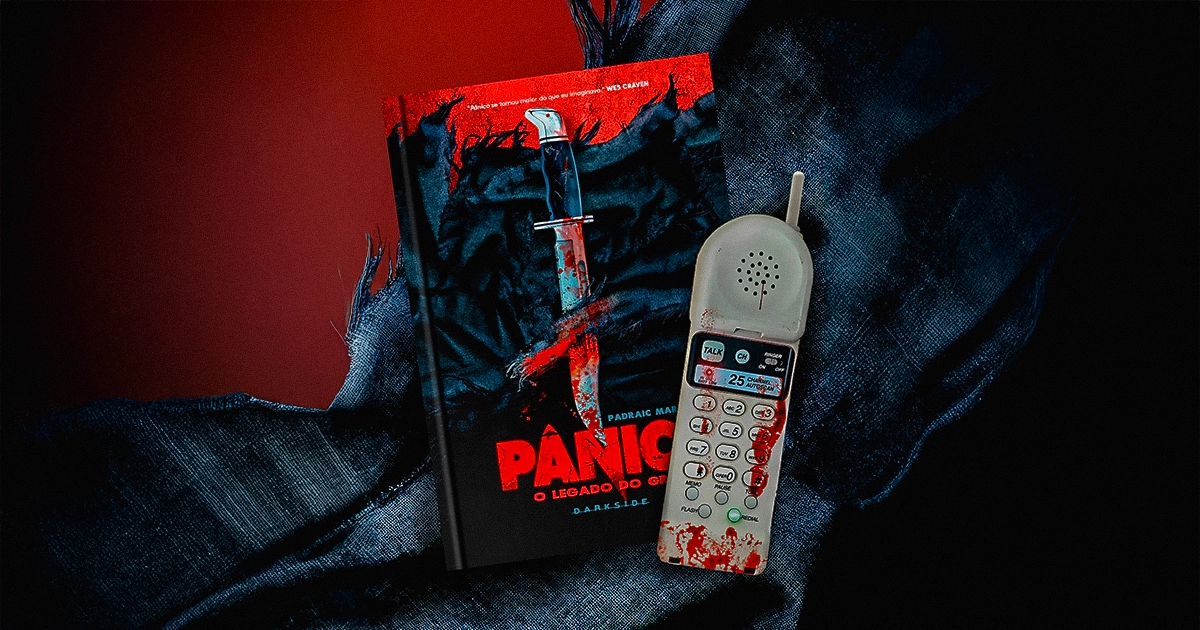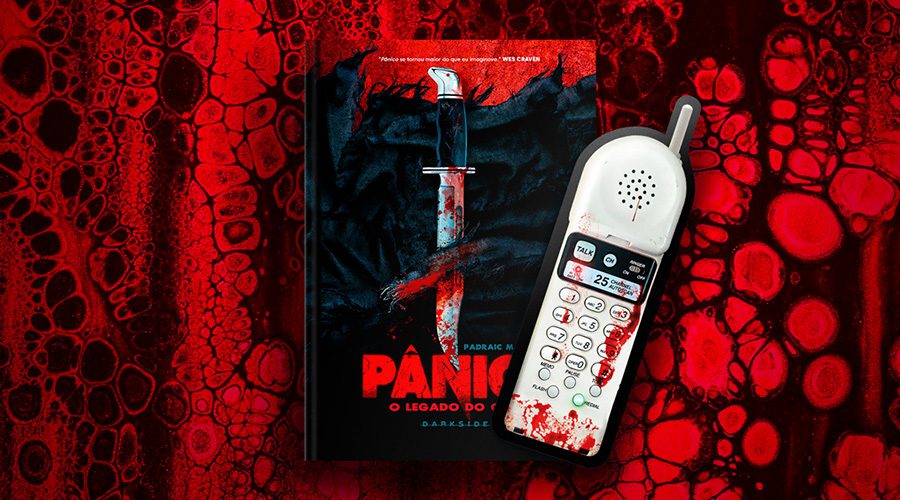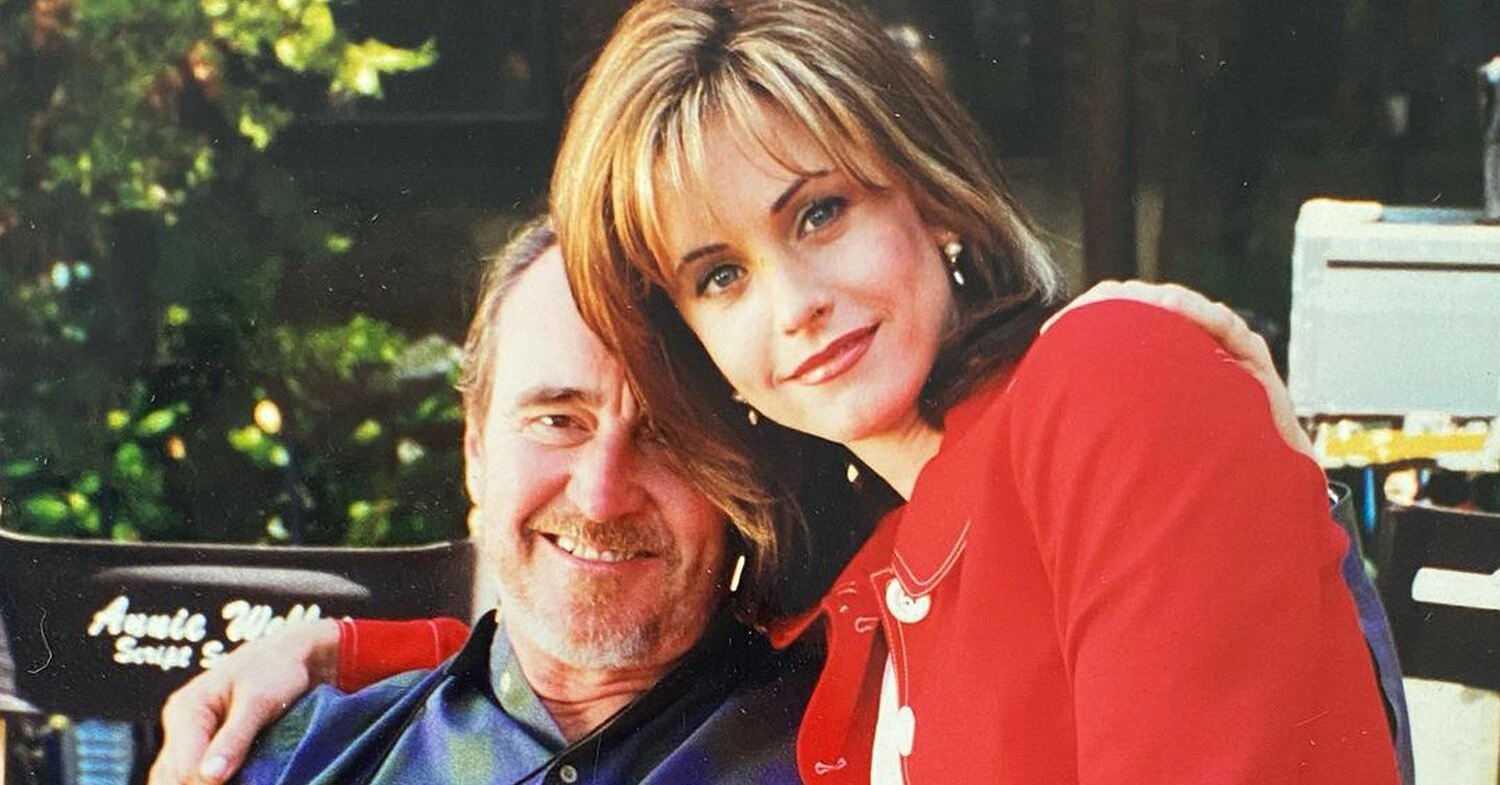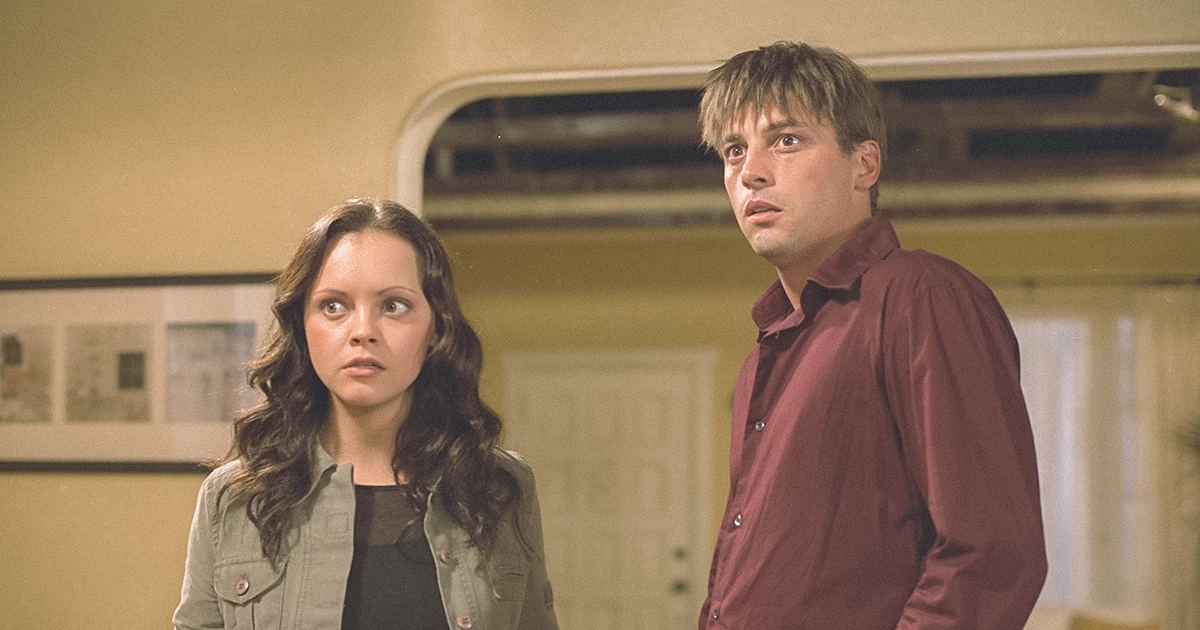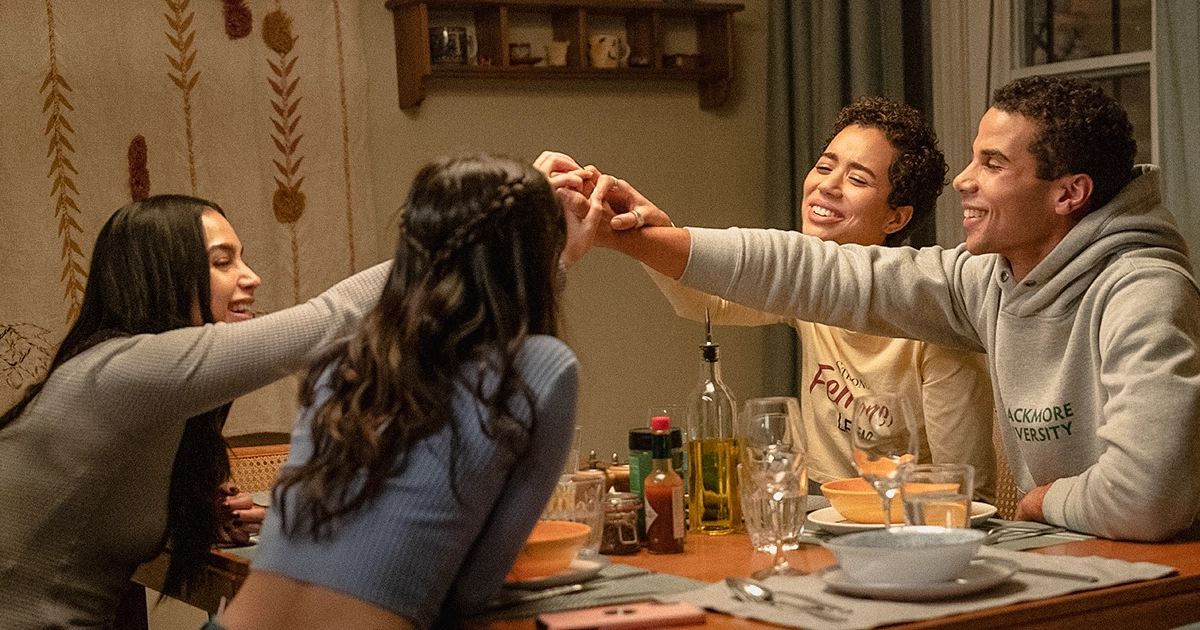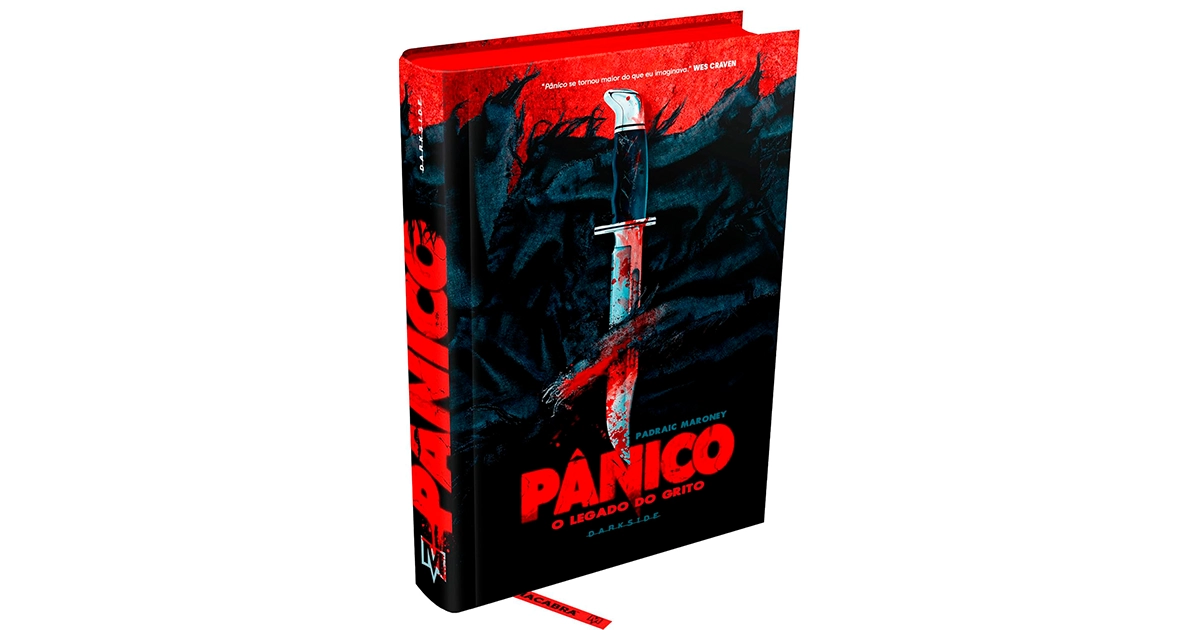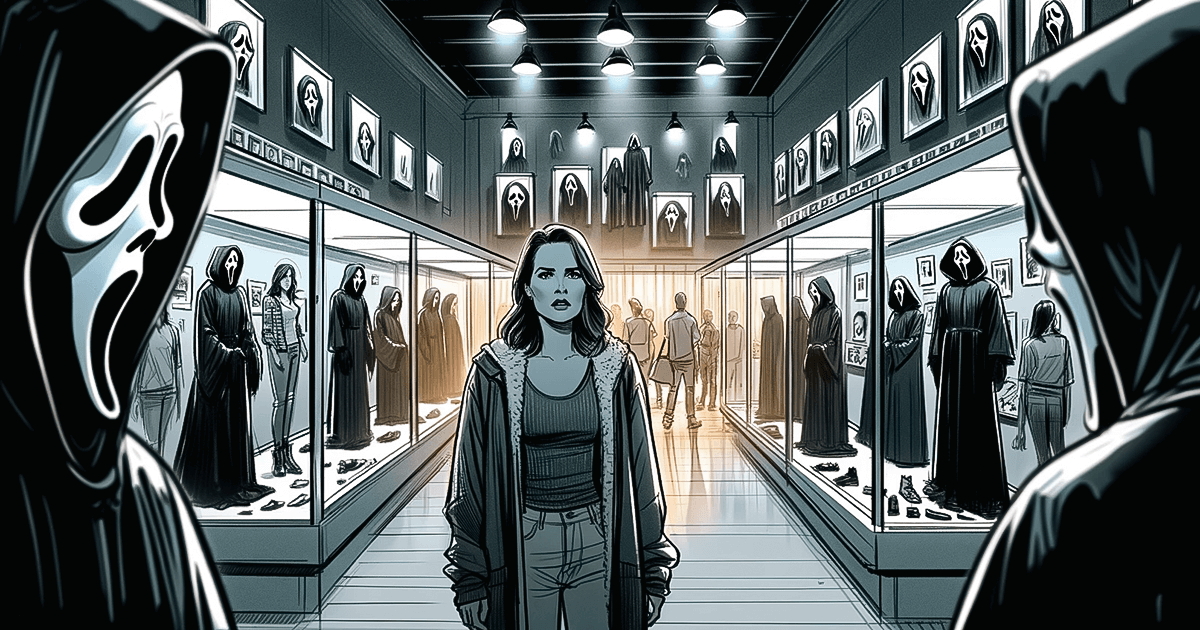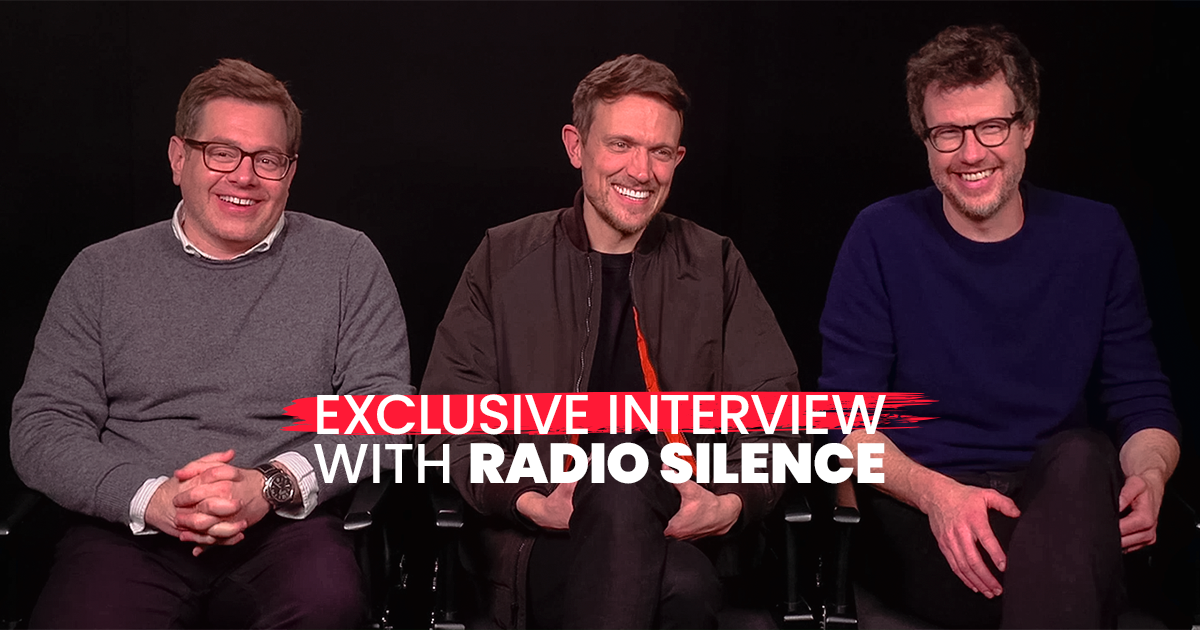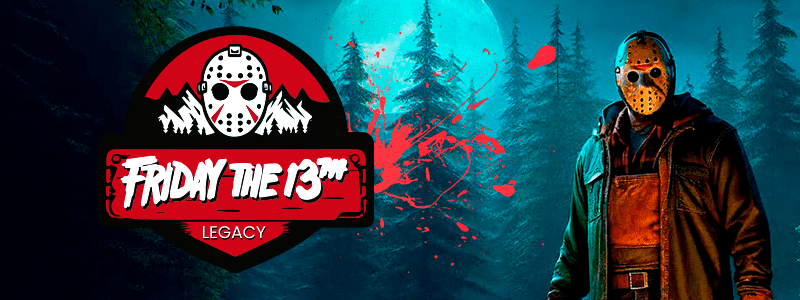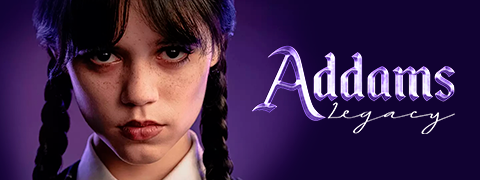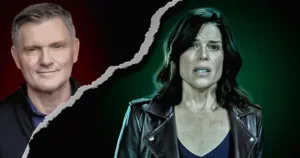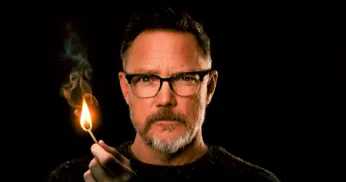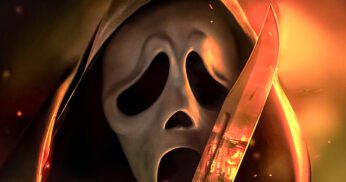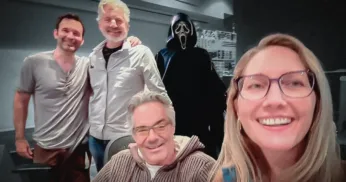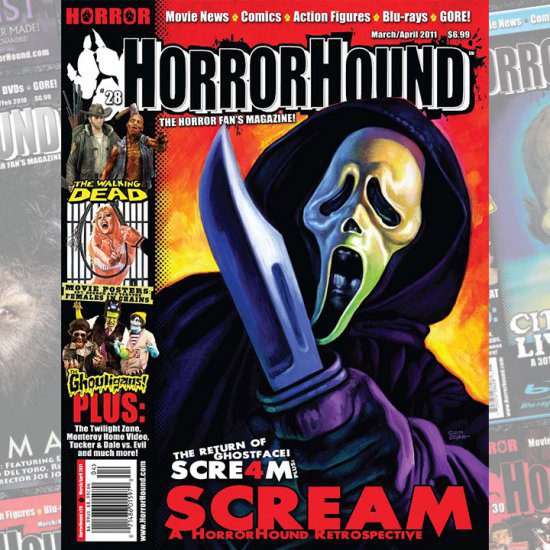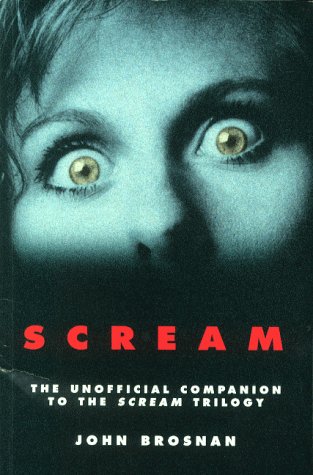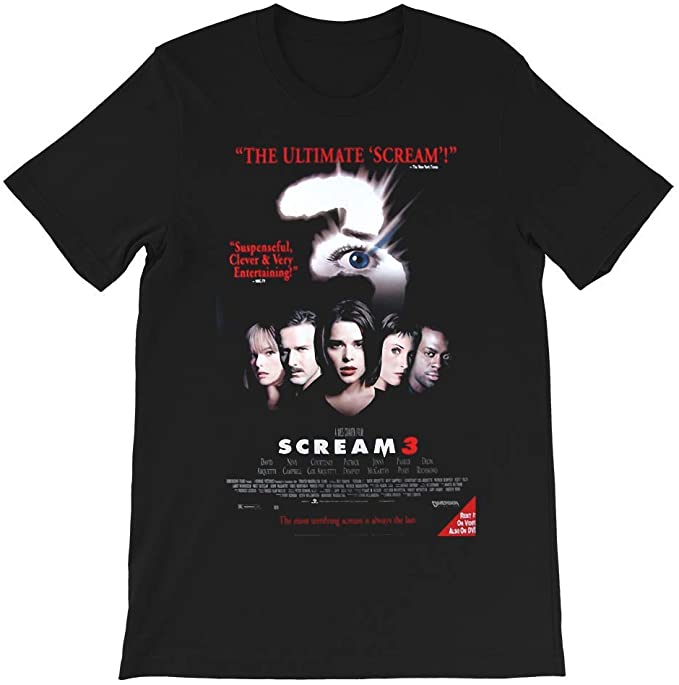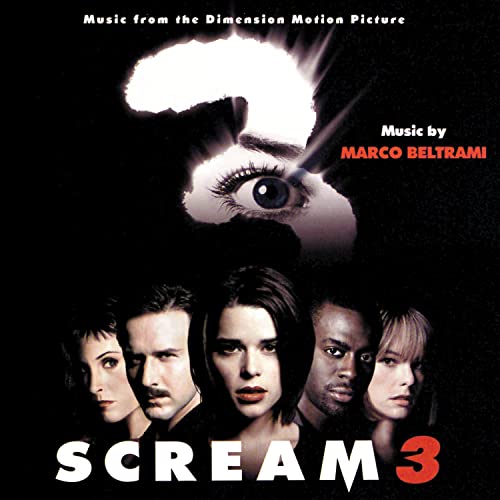When It All Began with a Scream was first released in 2021, it quickly became essential reading for fans of the Scream franchise. Now, thanks to the brilliant work of DarkSide® Books and Macabra Filmes, the book finally arrives in Brazil—reborn as Pânico: O Legado do Grito.
More than a translation, this edition is a true collector’s piece, featuring a striking new design, photo gallery, and an exclusive update covering the latest entries in the saga. I had the absolute honor of writing the foreword for this edition—something that means the world to me, especially coming from a publishing house I’ve admired for years.
To mark the release, I caught up with author Padraic Maroney to talk about the book’s origins, Wes Craven’s legacy, untold stories from the set, and what it feels like to see Ghostface haunt bookshelves in a whole new part of the world.
🇧🇷 Leitores brasileiros: a entrevista completa com Padraic Maroney também está disponível em português! Para conhecer todas as histórias dos bastidores de Pânico, clique aqui e mergulhe no legado do Ghostface. Ganhe 15% OFF na compra do livro no site da DarkSide® Books com o cupom HELLOSIDNEY15 – válido para os 100 primeiros leitores que usarem!
1. For Brazilian readers just now picking up the phone—how would you introduce your book?
Padraic Maroney: My goal is for readers to feel like they were there on set while the movies were being made. The behind-the-scenes stories shared from the actors and filmmakers let you know, not only how the films were made, but what it takes to make them and what was happening at the time.
2. What were your goals when writing it? Did you approach it more as a journalist, a horror fan—or both?
Padraic: I think the approach is best described, and I’m stealing this from how Final Destination producer Craig Perry phrased it, “a fan’s perspective, but with a journalist’s integrity.” I wrote this book because of being a personal fan of the Scream movies and wanting to celebrate them, but also not wanting to shy away from the messy elements that contributed to how the films turned out. It’s not a sugarcoated look at the making of the Scream movies, but this isn’t salacious in trying to expose anyone or anything. It comes from a place of enjoyment.
3. The Brazilian edition comes with new materials, a striking design, and a deep connection to the DarkSide and Macabra communities. Have you seen the physical edition yet? How did it feel to see your work reimagined in another language and format?
Padraic: I am still waiting — anxiously — for my physical copies. Can’t wait to see it and hold it, the artwork and everything I have seen has been amazing. It’s exciting to see how they have taken It All Began With A Scream and re-imagined and remade it into something new. I honestly look at Pânico: O Legado do Grito as a separate book, similar to movie remakes or reimaginings.
4. How did it feel to be approached by a publisher from Brazil—and to know that it now haunts bookshelves across our country?
Padraic: It was such an honor to have Darkside and Macabra want to license this book to bring Brazil, and for your involvement in this edition. I worked at a medical publishing company right outside of university and would occasionally see translated versions of the books we published. Never in my wildest dreams did I think something I wrote would be considered, but again this isn’t just a translated version of It All Began With A Scream. Again, with your new foreword, this really is made by Scream fans for Scream fans.
5. In the book, you say that watching Scream in 1996 “awakened something” in you. How did that moment shape your connection to the franchise and ultimately inspire you to write this book?
Padraic: Seeing Scream on opening night in theaters had an effect on me because it made me realize that it wasn’t just what you were seeing on the screen that impacted you. It was the first time that I realized the importance of screenwriters, directors, and everyone behind-the-scenes. It seems silly to not think the writers and directors are crucial, but I was young and never put too much thought into it. Through that it made me want to be a writer and throughout my career I have always come back to Scream and Kevin Williamson.
06. The book is impressively detailed. What was the process like for gathering information and doing interviews? Any tough or surprising sources to lock in?
Padraic: Thankfully, having seen all of the Scream movies countless times cut down on some of the homework I had to do. But there’s so much out there about the Scream movies – not all of it is accurate – so you do have to be thorough in your research to get the questions together. Then after the interviews, I use notecards obsessively to keep track of all the content. There were 1,200 notecards that I used for this book, and many more than I didn’t end up using.
There weren’t any tough interviews, though there were people who declined to participate or wanted to be compensated. On the other hand, one of the nice things about the Scream movies is that since so many of the filmmakers and actors have stayed in touch, once I interviewed one person they might be able to connect me with someone else. Producer Marianne Maddalena was a big help and very generous with connecting me to others to be interviewed.
07. Your portrayal of Wes Craven is nuanced and affectionate. What was the most unexpected thing you discovered about him, and did it shift your view of him as a filmmaker?
Padraic: The biggest thing about Wes Craven that came from working on this book was being disappointed that I wasn’t able to meet or interview him prior to his passing. Everyone spoke so highly of him and shared great stories of wisdom he shared, or how caring and nurturing he was on set. I had always been a fan of his, but it did make me respect him even more than I already did. It’s not an easy feat to be universally well liked – even by people who he fired.
08. Many describe the first Scream set as feeling like summer camp. What’s the funniest or most memorable story you uncovered about that on-set bond?
Padraic: It really was summer camp. One of the things that stuck out to me was that even though she wasn’t on set for most of the film, Drew Barrymore had an impact on the cast. She filmed first and left the cast and crew with a bunch of recommendations about places to go and see. I also spoke with the owners of the restaurant that the actors and filmmakers would go to for dinner after finishing for the day and she recalled seeing Courteney and David’s relationship starting to form. That was a fun story to be able to share.
09. What’s the most surprising piece of trivia you discovered—something even hardcore fans might not know?
Padraic: I think some of the behind-the-scenes information about Scream 4. I honestly feel that’s the most underrated movie in the franchise. It was ahead of its time when it was released and the reactions have shifted in the last decade, but it’s still a little bit of the red headed stepchild of the franchise. Because of that it doesn’t get discussed as much and it’s a shame. One of my favorite stories in the book is with Erik Knudsen and Rory Culkin going to the hospital.
10. Scream 3 plays with meta-layers by showing the making of Stab 3. Was it tricky to cover that angle, and did you find any standout parallels between the fiction and real Hollywood chaos?
Padraic: Scream 3 is tricky in general because it feels so different from many of the other movies in the franchise, and is polarizing in the fandom because of it. With that being said, I think that they did a good job of kind of hiding a lot of what was happening behind the scenes from leaking onscreen. However, there are definitely things that were intentionally written in to mirror things happening in Hollywood at the time, like the John Milton and Harvey Weinstein parallel.
11. You dedicate a chapter to the nightmare that was Cursed. Why was it important to tell that story in a Screambook—and what does it reveal about the industry power dynamics, especially involving the Weinsteins?
Padraic: I think Cursed is another example of showing how loyal Wes Craven and Marianne Maddalena were to their people or collaborators. They signed on to Cursed because Weinstein pulled another project and doing Cursed would have kept everyone working. But what happened with Cursed can’t fully be blamed on the Weinsteins. I think it was a movie where many people saw dollar signs instead of a project that they felt passionate about. With so much money sunk into it they had to eventually finish it in some form. There was also a lot of pressure because the Weinsteins had announced and sent out a press release touting it as the re-teaming to Wes Craven and Kevin Williamson before production had even started. So, that didn’t really help. I would love to see the original New York-based script idea that Kevin had for it as well as the “Craven Cut” one day.
12. There are great casting stories—like Drew Barrymore switching roles or Liev Schreiber’s small first appearance. Was there a decision that really surprised you or that, to you, defines the identity of the series?
Padraic: Don’t we all love to know what could have been? Like hearing that Eric Stonestreet from Modern Family and Naomi Watts auditioned for Scream 3, or that Rebecca Walters from Scream 4 was almost played by Gabrielle Union.
The thing that is good about Scream is that Lisa Beach, Sarah Katzman and Nancy Naylor, who did casting on the first four films, had a knack for casting people against type. Drew Barrymore switching from Sidney to Casey was a defining moment, but having Courteney Cox play Gale Weathers fit like a glove. She’s been so protective and invested in Gale since the beginning. Even, Emma Roberts at the time was known for more good girl roles. She had yet to join American Horror Story or take on the more adult roles. Little things like this can help throw the audience off and adds to the fun of the films.
13. Your book dives deep into the first four films, but the Brazilian edition includes an update through Scream 6. Would you be open to writing a full sequel covering the recent trilogy with the same depth?
Padraic: “These days you gotta have a sequel!”. That is the goal, to eventually write a second book covering the later movies and possibly the TV show. There is so much that goes on behind-the-scenes of these movies, however, I feel you need to have a little bit of distance for the release of the movies to look at that objectively. Like with everything that has happened on this last movie, how people have already looked at some of the controversies has shifted. So, in a couple years, I hope to tackle this latest batch of movies.
14. You close the book reflecting on Ghostface’s cultural impact—from Halloween costumes to digital relevance. In your view, what’s the most meaningful part of the franchise’s legacy today?
Padraic: The most meaningful part of the franchise’s legacy is how much it shifted the horror genre. Scream came out at a time when horror was basically dead. No one thought it would come out and do anything, which is also why it was initially marketed as a thriller and not a horror or slasher movie. There’s only a handful of movies that were seminal enough to completely alter the genre and Scream did that. It’s why nearly 30 years later there are still new movies being made in the same timeline (it hasn’t been rebooted or remade) with the same characters and mythology. Scream’s strength has always been holding a mirror up to the audience, which is why fans have clung to it so dearly.
Check out the Brazilian edition of Pânico: O Legado do Grito, available now from DarkSide® Books and Macabra Filmes.

